VMware CIO: We're way ahead of our competitors
Tayloe Stansbury, chief information officer at VMware, explains why the virtualisation firm is leading the pack - including Microsoft.
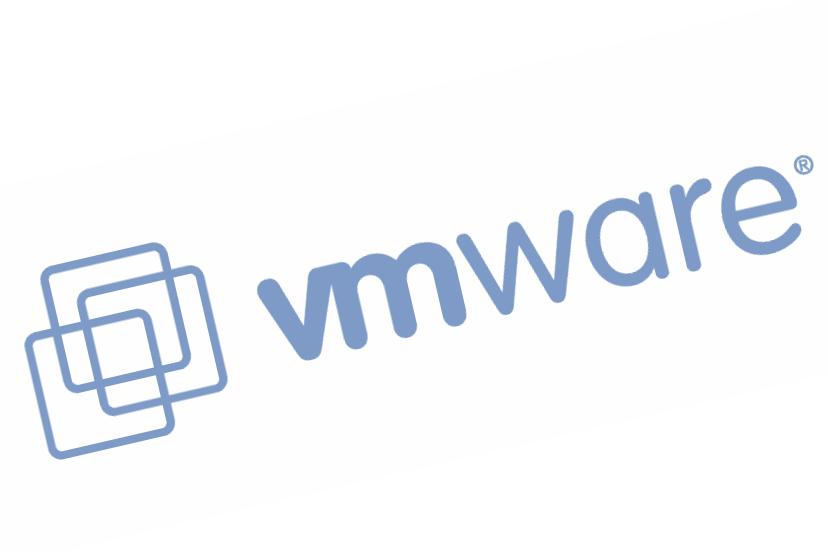
We still believe the savings are there. If you are going to do something fairly simple, such as to virtualise in place the things you are running currently, that is fairly simple to do. You just [go] to a "P to V", physical to virtual environment, and run it that way. That doesn't require a great deal of training or differences in system administration.
But if, on the other hand, you want to take advantage of features that allow you to run with much lower energy or consolidate to much higher ratios on your servers, some of that technology such as Distributed Resource Scheduler, or VMotion, does take a little more work to set up.
And when it comes to sizing any system, whether it is on physical hardware or whether it's virtual, then it does take some amount of effort to do your systems design right and size your systems correctly for the load you expect to see on them. But once you've set it up in a virtual environment, the management of those resources can be automated. You can run with more servers per systems admin, so you are more efficient from a human resource standpoint as well.
There is some debate around the technologies being used in virtualisation primarily hypervisors versus containers. What are the main technical differences between the two and why might one be preferable?
There's no question that a bare metal hypervisor is the better way to go. You have a very simple piece of software that has control of everything, and is not contained in an operating system so you don't have the complexity or security issues that might arise from having a containing operating system that is running the virtualisation engine another advantage of bare metal hypervisor is it is a much smaller target from a security standpoint.
Microsoft is making a significant push into the virtualisation space. Does that worry you or potentially could the credibility that Microsoft brings as a competitor help the market?
Microsoft moving into the virtualisation market certainly validates it. Microsoft is also a very formidable competitor. But VMware is a long way ahead in virtualisation tech and it will take Microsoft a long time to catch up with where we are today. We are investing heavily in taking the technology forward and widening the gap with Microsoft. Some examples where we are ahead are VMotion, Distributed Resource Scheduler and High Availability Site Recovery Manager.
Get the ITPro daily newsletter
Sign up today and you will receive a free copy of our Future Focus 2025 report - the leading guidance on AI, cybersecurity and other IT challenges as per 700+ senior executives
There has been quite a lot of change at VMware of late founding chief executive Diane Greene has left, Paul Maritz has come in. Has that affected your relationship with customers, are they concerned about stability within the business?
I don't think so. VMware has a huge advantage in virtualisation technology, we are way ahead of our competitors. And we are investing heavily to widen the gap.
-
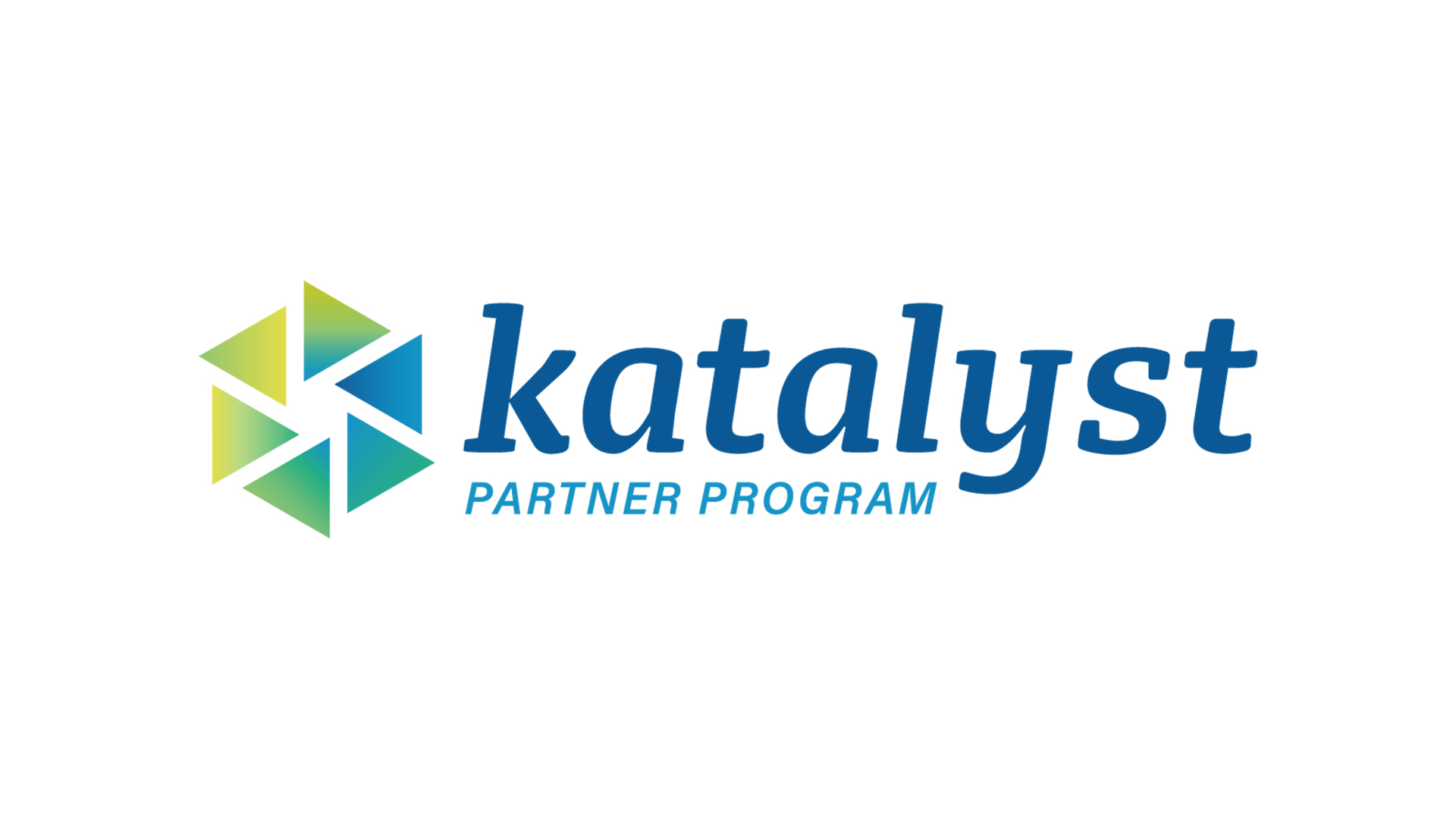 Katun targets accelerated growth, greater collaboration with new partner portal
Katun targets accelerated growth, greater collaboration with new partner portalNews Printing and imaging specialist Katun has announced the launch of its new Katalyst Partner Portal, designed specifically to drive channel collaboration.
By Daniel Todd
-
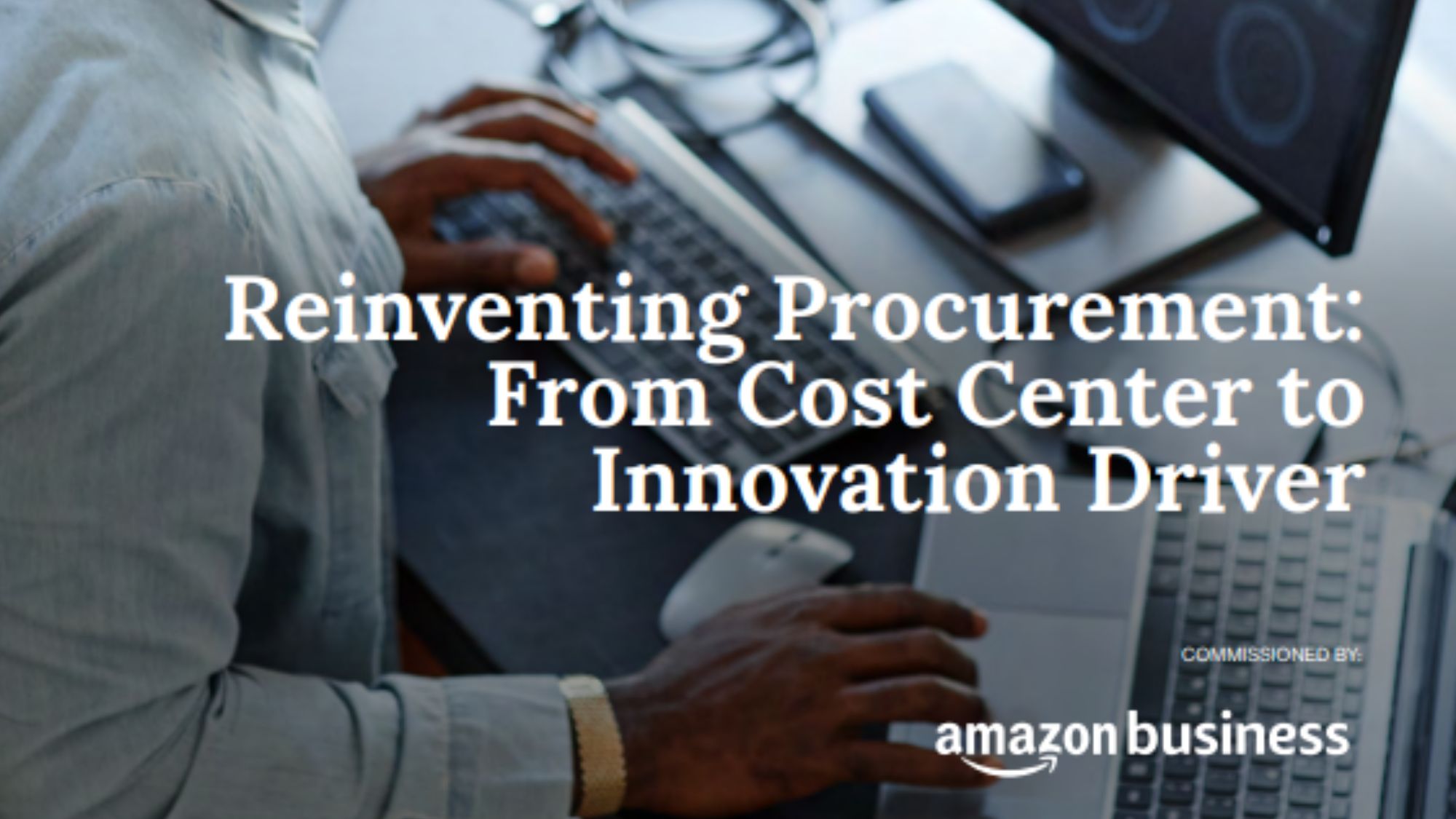 Reinventing Procurement: From Cost Center to Innovation Driver
Reinventing Procurement: From Cost Center to Innovation Driverwhitepaper
By ITPro
-
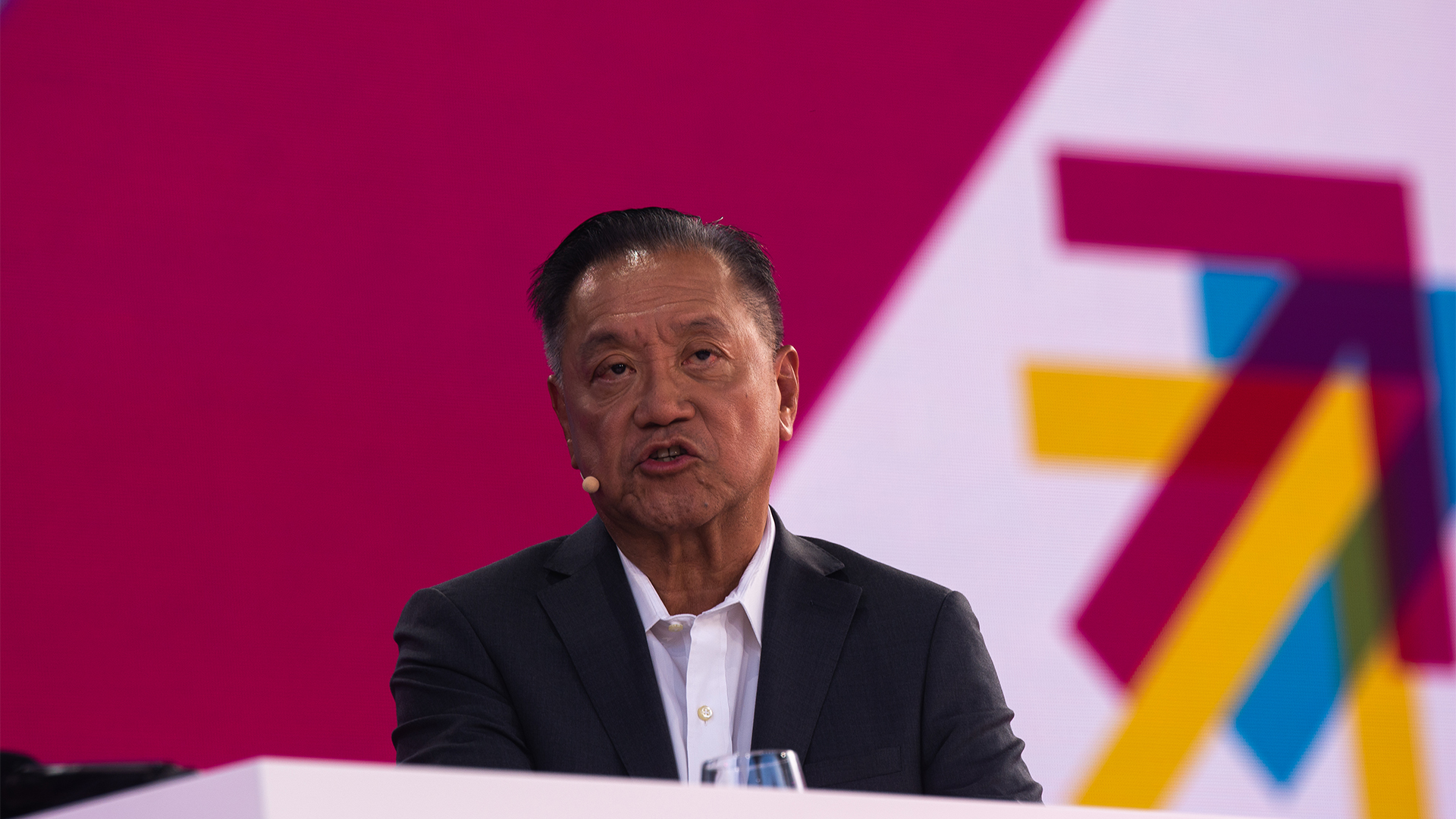 Broadcom records huge growth as CEO Hock Tan hails “successful integration” of VMware
Broadcom records huge growth as CEO Hock Tan hails “successful integration” of VMwareAnalysis The VMware acquisition is finally paying dividends for Broadcom
By George Fitzmaurice
-
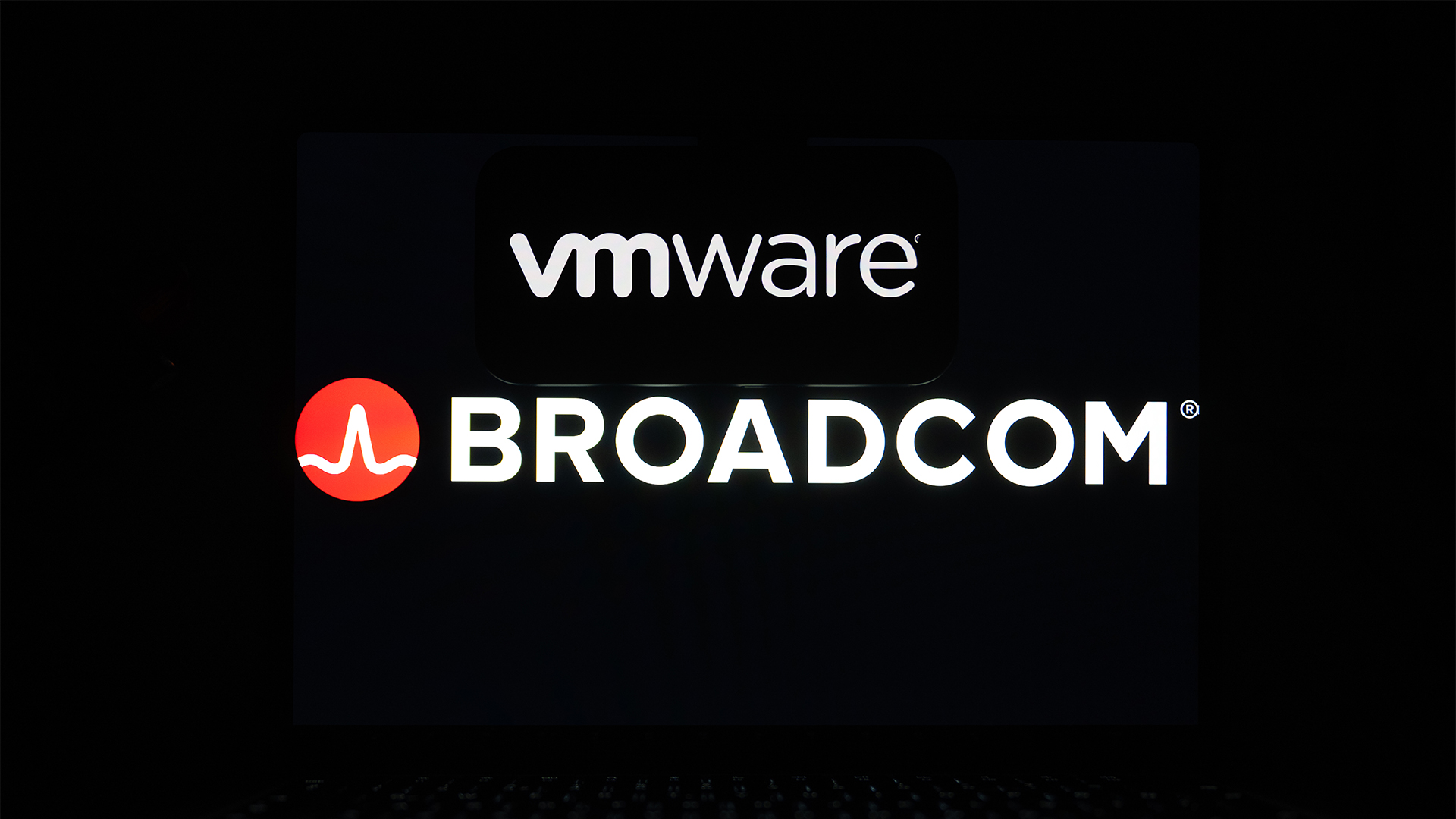 Broadcom EMEA CTO claims the company has been able to solve most of its customer issues following VMware acquisition
Broadcom EMEA CTO claims the company has been able to solve most of its customer issues following VMware acquisitionNews Joe Baguley says the firm has been walking customers through license changes and explaining the value of VMware
By George Fitzmaurice
-
 Cloud repatriation may be nipping at hyperscaler market share, but it’s a boon for VMware
Cloud repatriation may be nipping at hyperscaler market share, but it’s a boon for VMwareNews The firm’s private cloud offerings put it in a strong position to aid customers moving workloads out of the public cloud – but repatriation can’t be the only conversation
By George Fitzmaurice
-
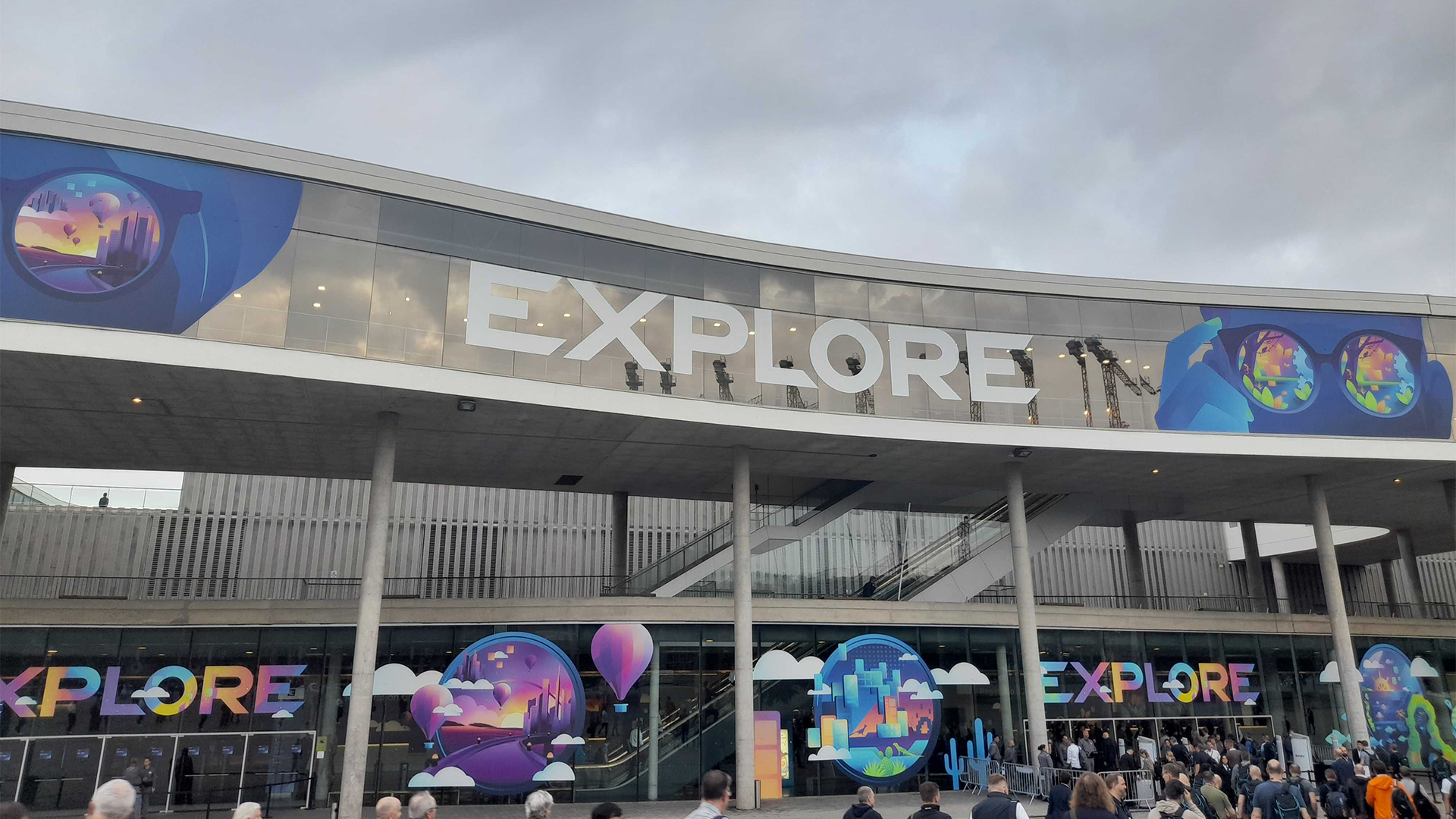 VMware Explore 2024 live: All the news and updates as they happen
VMware Explore 2024 live: All the news and updates as they happenLive Blog ITPro is live on the ground in Barcelona for VMware Explore 2024 – keep tabs on all the news, updates, and announcements in our rolling coverage
By George Fitzmaurice
-
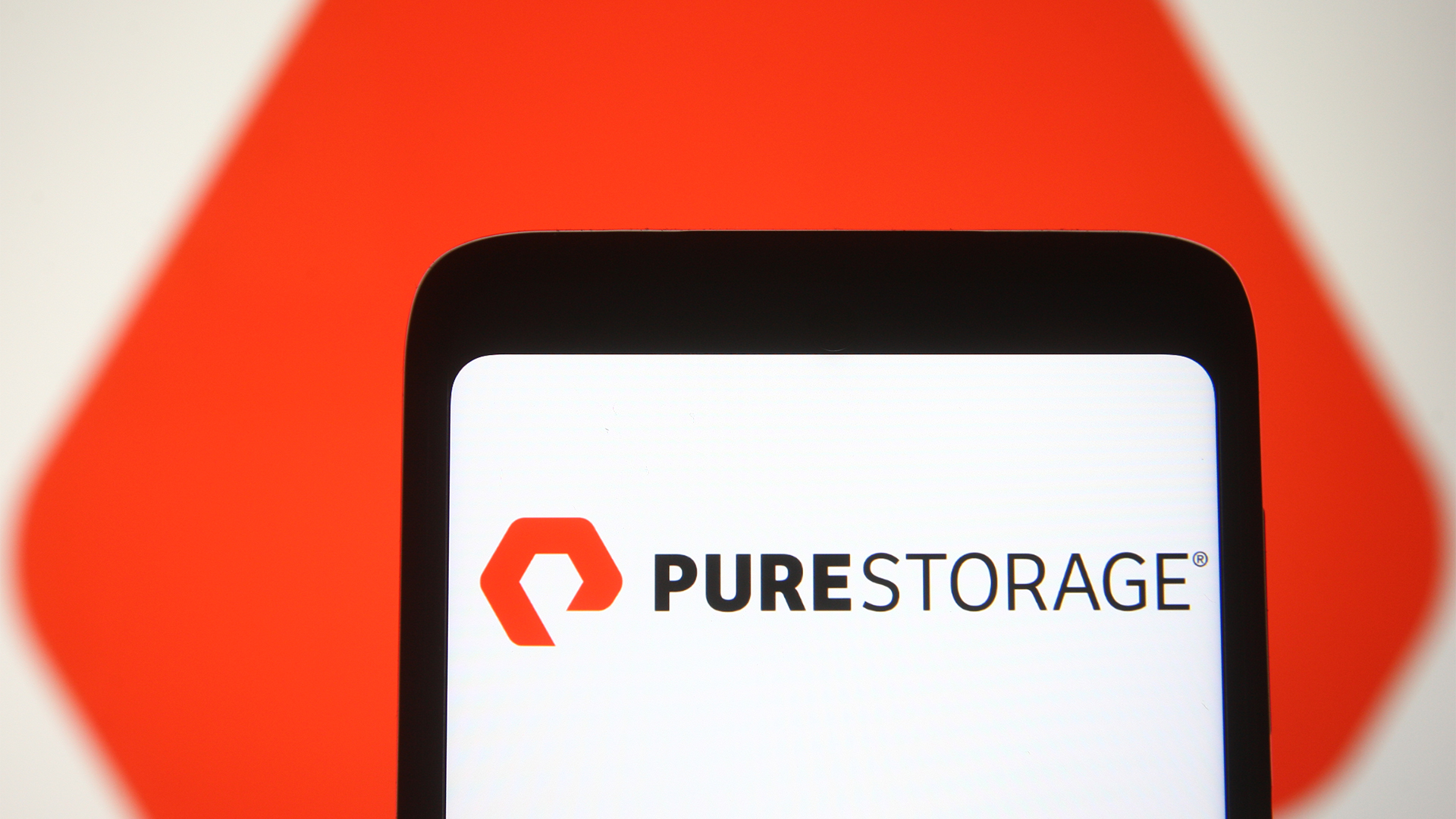 Pure Storage announces VM assessment service – and it could please beleaguered VMware customers
Pure Storage announces VM assessment service – and it could please beleaguered VMware customersNews The firm unveiled a new tool for managing VM costs as part of its Pure//Accelerate London 2024 event
By George Fitzmaurice
-
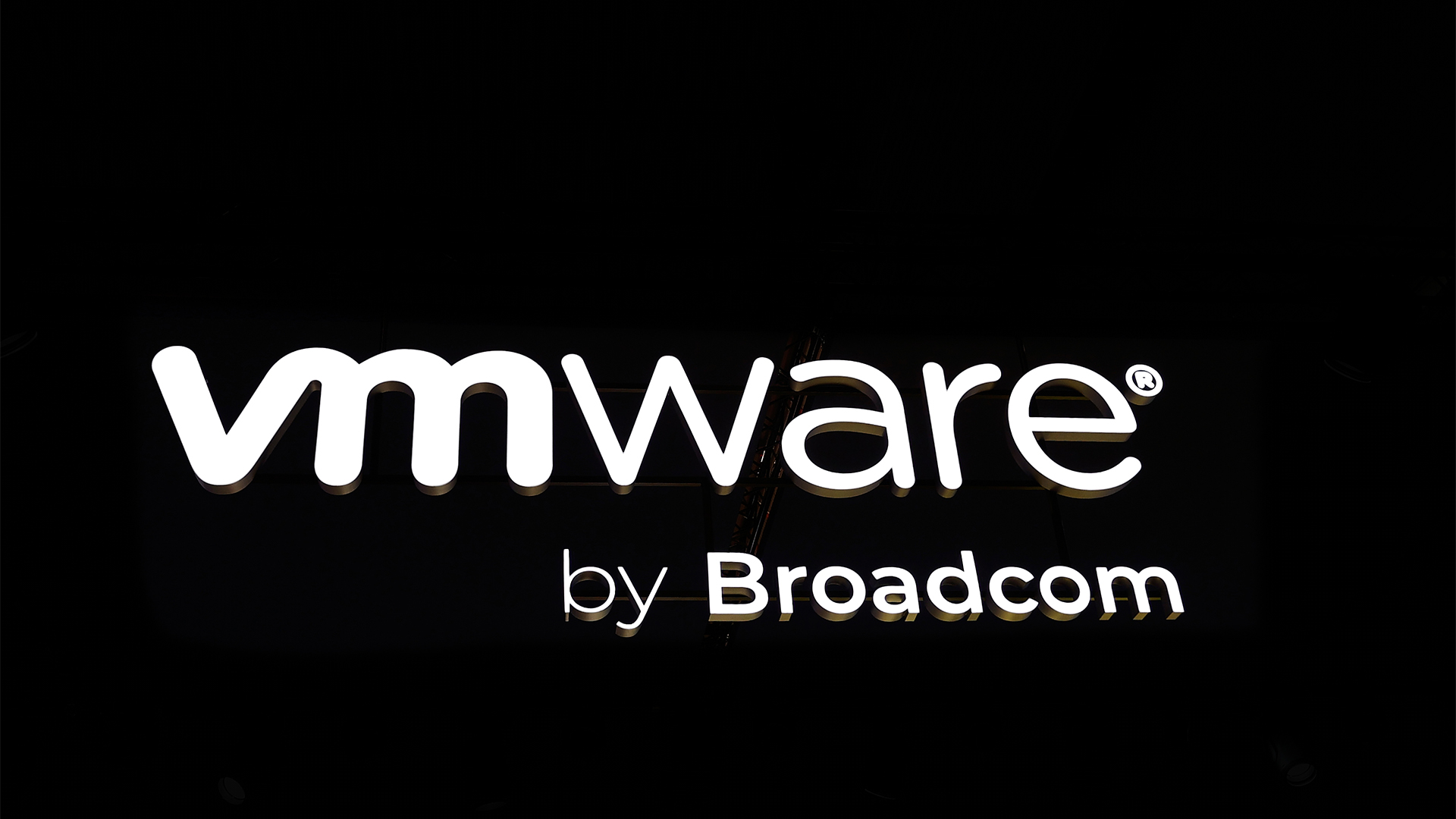 Is a VMware exodus looming? Disgruntled customers are actively seeking alternative providers or exploring open source options in the wake of Broadcom’s acquisition
Is a VMware exodus looming? Disgruntled customers are actively seeking alternative providers or exploring open source options in the wake of Broadcom’s acquisitionNews VMware customers say they are seriously considering alternative providers in light of the turbulence and increasing costs that followed its acquisition by Broadcom
By Solomon Klappholz
-
 Broadcom wants to unlock private cloud’s potential with VMware Cloud Foundation 9
Broadcom wants to unlock private cloud’s potential with VMware Cloud Foundation 9News An emphasis on simplicity matched with improved customer controls underpins the latest VCF improvements
By Rory Bathgate
-
 VMware license changes could spark a wave of data center 'devirtualization'
VMware license changes could spark a wave of data center 'devirtualization'News The increased costs associated with Broadcom’s VMware acquisition is one of the key drivers behind this predicted shift
By George Fitzmaurice